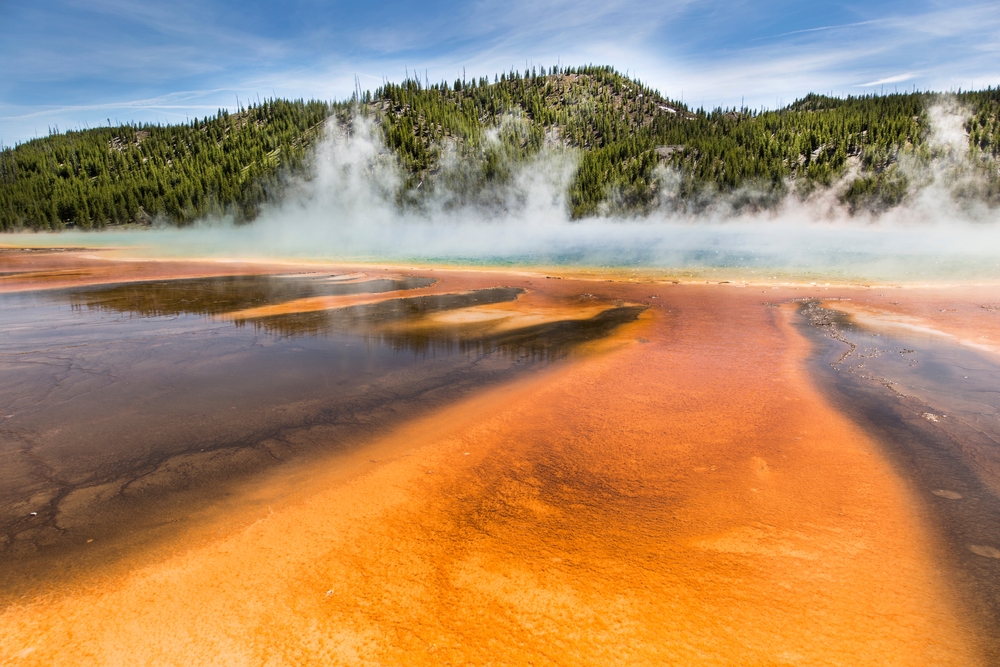Now Reading: 10 Fascinating Facts About White Sharks You Need to Know
-
01
10 Fascinating Facts About White Sharks You Need to Know
10 Fascinating Facts About White Sharks You Need to Know

Swift Summary
- The movie Jaws, released in 1975, instilled fear toward sharks but inspired passion among marine researchers like Steve Kessel, a director at John G. Shedd Aquarium.
- White sharks, onc called “great white sharks,” are now referred to simply as “white sharks” due to taxonomic concerns.
- Research shows white sharks often come close to swimmers without incident and generally avoid unneeded risks when hunting prey.
- Sharks date back approximately 250 million years, predating human ancestors by millions of years.
- White sharks have warm-blood-like traits that enable faster movement and cautious hunting behaviors focused on survival efficiency.
- New findings show they can live up to 80-100 years and take decades to grow fully mature or reach their maximum size (~20+ feet).
- Their reproductive maturity is delayed; an example involves a 30-year-old female shark found in Florida still not ready for reproduction despite her size (15 feet long).
- They constantly regenerate teeth across seven rows, compensating for the relatively weaker bite strength with sharpness instead.
- White shark pups already reach about four feet at birth,providing protection from predators within their species.
- These highly adaptable creatures have been seen in various global waters-ranging from tropical seas to cold regions near Scotland.
Image credits: screamingtrees_22/Shutterstock; Konstantin39/Shutterstock
Indian Opinion Analysis
The enduring cultural and scientific interest with white sharks underscores humanity’s complex relationship with apex predators. On one hand, films like Jaws perpetuate fear-based narratives that stigmatize these animals; on the other hand, researchers find inspiration from their evolutionary prowess. The shift away from terms like “great” reflects attempts at more neutral language in scientific contexts-a critical move towards deconstructing harmful stereotypes around dangerous species.
For India’s coastal conservation efforts-especially given its rich biodiversity-the nuanced portrayal of marine wildlife serves as a valuable reminder of how ecosystems balance predator-prey dynamics over millennia. Promoting research that demystifies potentially misunderstood animals such as sharks could steer public dialogue toward coexistence rather than fear-driven conflict. Moreover, parallels can be drawn between India’s tiger predator conservation models and global approaches toward safeguarding marine apex predators.
Read More: Discover Magazine Article



























